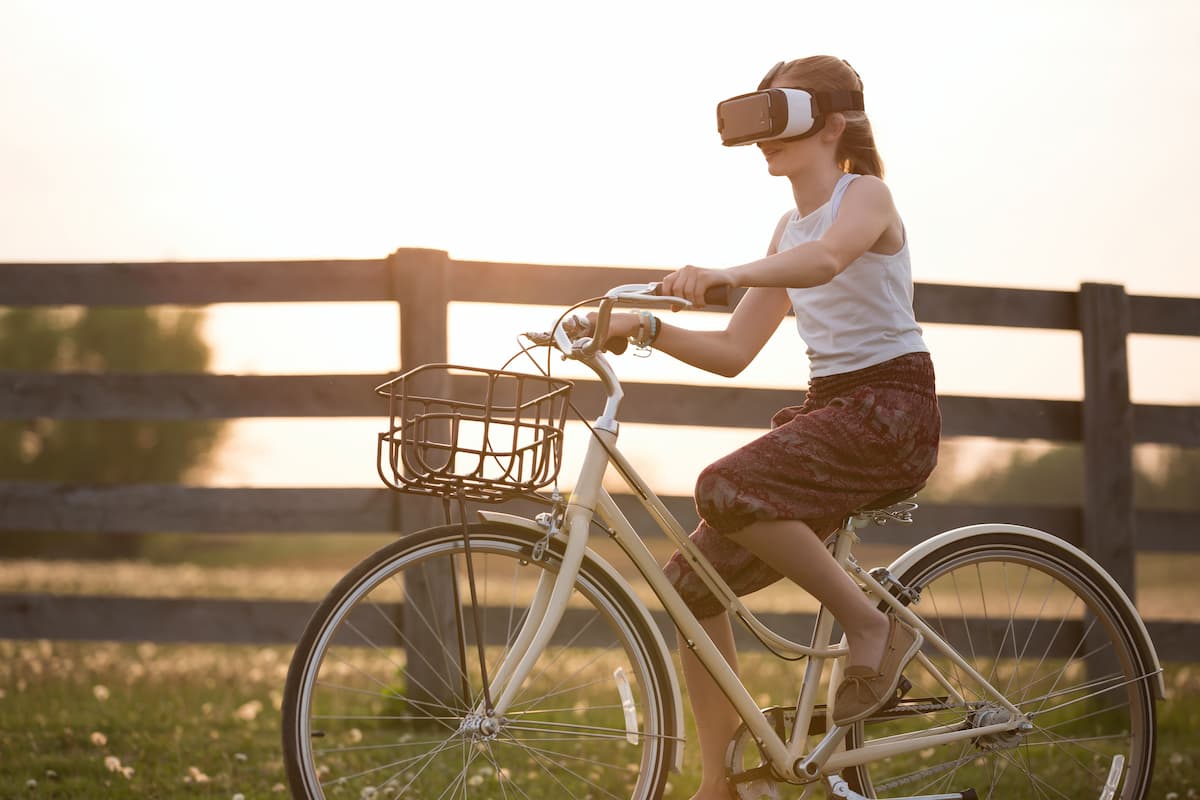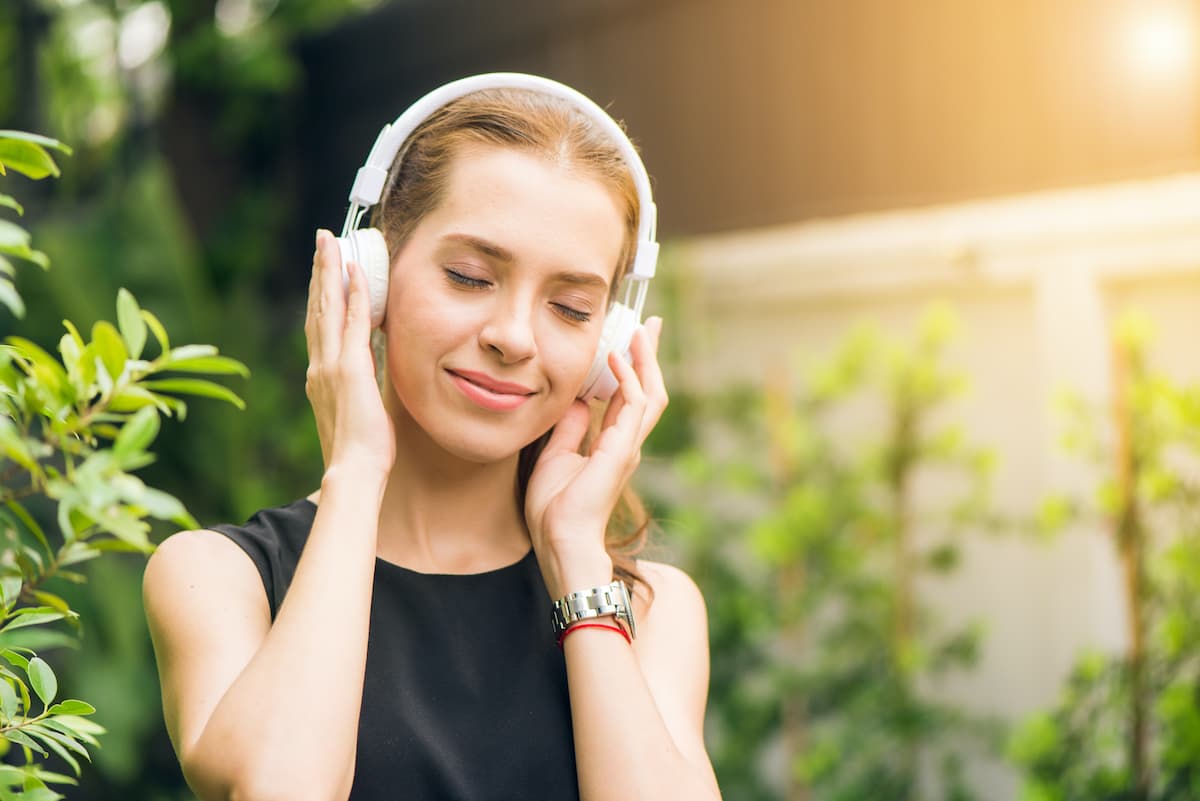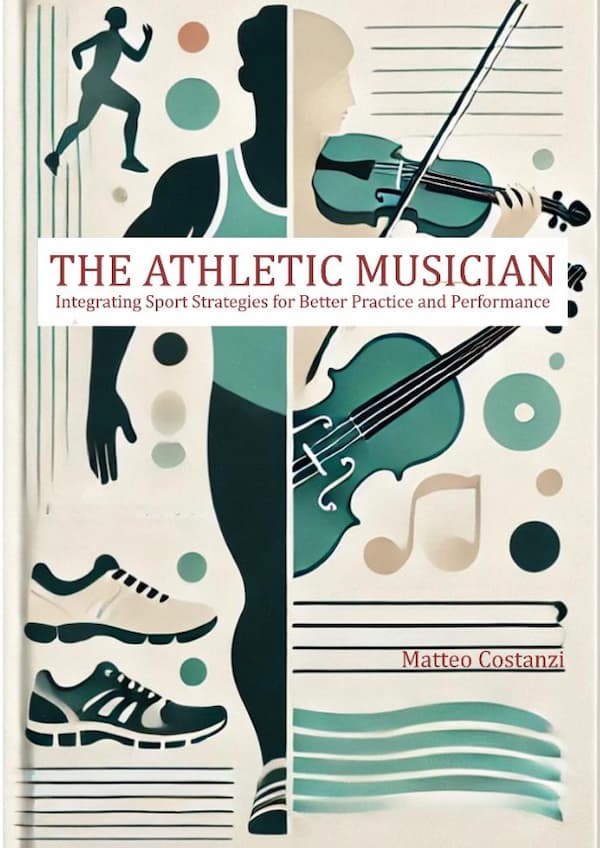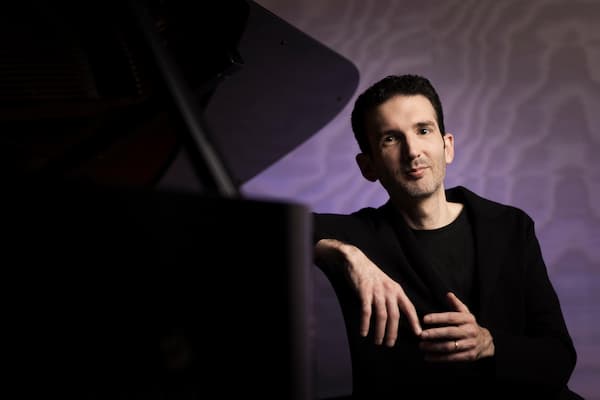Virtual reality (VR) has applications spanning an array of industries. Although manufacturers of headsets are investing to produce the most efficient devices, people wearing virtual reality goggles can experience symptoms of cybersickness. A recent research from the University of Edinburgh found that the most common symptoms of cybersickness can be reduced by listening to music. This should be taken into account if we want to introduce VR in therapy, mental stress reduction programs, or education, and if we consider it as the dominant technology in the Metaverse platforms.

The present study demonstrated that music is able to decrease dizziness, nausea, and headaches. These are the principal symptoms that VR users can experience. So music can be cited among the cognitive distractions capable of reducing the effect of cybersickness.
Cybersickness may also affect the cognitive and motor performance of the user. While scientists are debating about cognitive impairment, they agree about the VR’s ability in slowing down the reaction time. But researchers still have to demonstrate the effectiveness of music to counteract these detrimental effects related to VR experience.
Music as a cognitive distraction
In medical settings, calming music has already shown promising results in mitigating nausea-related symptomatology. And the same has been experienced in appeasing the motion symptoms in a real setting.
Several studies demonstrated that music may offer relaxation in stressful conditions.
But music is also a distraction tool. Favourite music prevents the fixation on negative stimuli. Music diverts attention from a stressful event to something more pleasant.
To demonstrate these effects, the researchers from Edinburgh divided the experiment into two steps. In the first step, the 92 men and women enrolled were asked to select music tracks that are universally rated as calming or joyful.
An example of the joyful track selected:
Johann Strauss II – Unter Donner und Blitz
The second part of the experiments involved 36 people to assess the effect of music on cybersickness.
Participants were immersed in a virtual environment, where they experienced three roller coaster rides aimed at inducing cybersickness. Music played during the simulation was electronic or selected as being calming or joyful in the previous step of the experiment. One ride was completed in silence.
The results showed positive effect on cybersickness only for the highly liked music. The intensity of the nausea-related symptoms of cybersickness was also found to substantially decrease with both joyful and calming music.
An example of the calming track selected during the experiment:
Enya – Watermark
Where does this ability of music come from?
Music and its effect on the autonomic system
The mitigation of nausea symptoms by music has been suggested to arise from synchronization of the autonomic nervous system. The autonomic nervous system is responsible for heart rate, blood pressure, digestive tract regulation, and endocrine system. Pressure and heart rate are easy to monitor. And it has been well established that they can be influenced by musical tempo and sound frequencies. Music tempo can be considered one of the most important moderators of music-related arousal and relaxation.
But music seems also to influence the regulation of gastric and intestinal motility, even in the case of cancer-related gastrointestinal symptoms. Listening to enjoyable music increases the amplitude of gastric myoelectrical activity, which can promote increased gastric motility and stimulate gastric emptying. In particular, classical music increased gastric slow wave rhythmicity.
As a complementary explanation, music can also elicit an arousal of positive emotions. Acoustic stimuli are not merely vibratory energy. Music is associated with several neural mechanisms that may build up to generate enjoyment. Activity in the reward circuit plays a major role in this experience. Music can influence brain function through the modulation of dopaminergic activity within the reward circuit.
Music and VR, a positive partnership

Not only to reduce VR device-associated drawbacks. Music and VR can be associated to support research. Virtual reality allows us to study diverse scenarios of real life. It can be a useful tool to study the modulating effect of music in different scenarios.
Moreover, both music and VR are already used as distraction interventions to alleviate anxiety and improve mood states in different diseases and conditions. Association between the two strategies can increase treatment tolerance and improve patients’ quality of life and adherence to therapies.
So, the Edinburgh experiment should be repeated with the involvement of a major number of volunteers of different ages. But it already gives sufficient clues to consider music as a useful tool to counteract dizziness and nausea.
References
Kourtesis, Panagiotis, et al. “Cybersickness, Cognition, & Motor Skills: The Effects of Music, Gender, and Gaming Experience.” IEEE Transactions on Visualization and Computer Graphics 29.5 (2023): 2326-2336.
Nadal M., Skov M. “Introduction to the Special Issue: Toward an Interdisciplinary Neuroaesthetics”. Psychol. Aesthet. Creat. Arts. (2013);7:1–12.
De Witte, Martina, et al. “Effects of music interventions on stress-related outcomes: a systematic review and two meta-analyses”. Health psychology review 14.2 (2020): 294-324.
Yamasaki, Alisa, et al. “The impact of music on metabolism.” Nutrition 28.11-12 (2012): 1075-1080.
Seinfeld, Sofia, et al. “Influence of music on anxiety induced by fear of heights in virtual reality.” Frontiers in psychology 6 (2016): 1969.
Chirico, Andrea, et al. “Virtual reality and music therapy as distraction interventions to alleviate anxiety and improve mood states in breast cancer patients during chemotherapy.” Journal of cellular physiology 235.6 (2020): 5353-5362.
Ellis, Robert J., and Julian F. Thayer. “Music and autonomic nervous system (dys) function.” Music perception 27.4 (2010): 317-326.
Linnemann, Alexandra, et al. “Music listening as a means of stress reduction in daily life.” Psychoneuroendocrinology 60 (2015): 82-90.
Finn, Saoirse, and Daisy Fancourt. “The biological impact of listening to music in clinical and nonclinical settings: A systematic review.” Progress in brain research 237 (2018): 173-200.
For more of the best in classical music, sign up for our E-Newsletter
Giulia Annovi is a biologist and a musician. She is passionate about any connection between the two disciplines.




